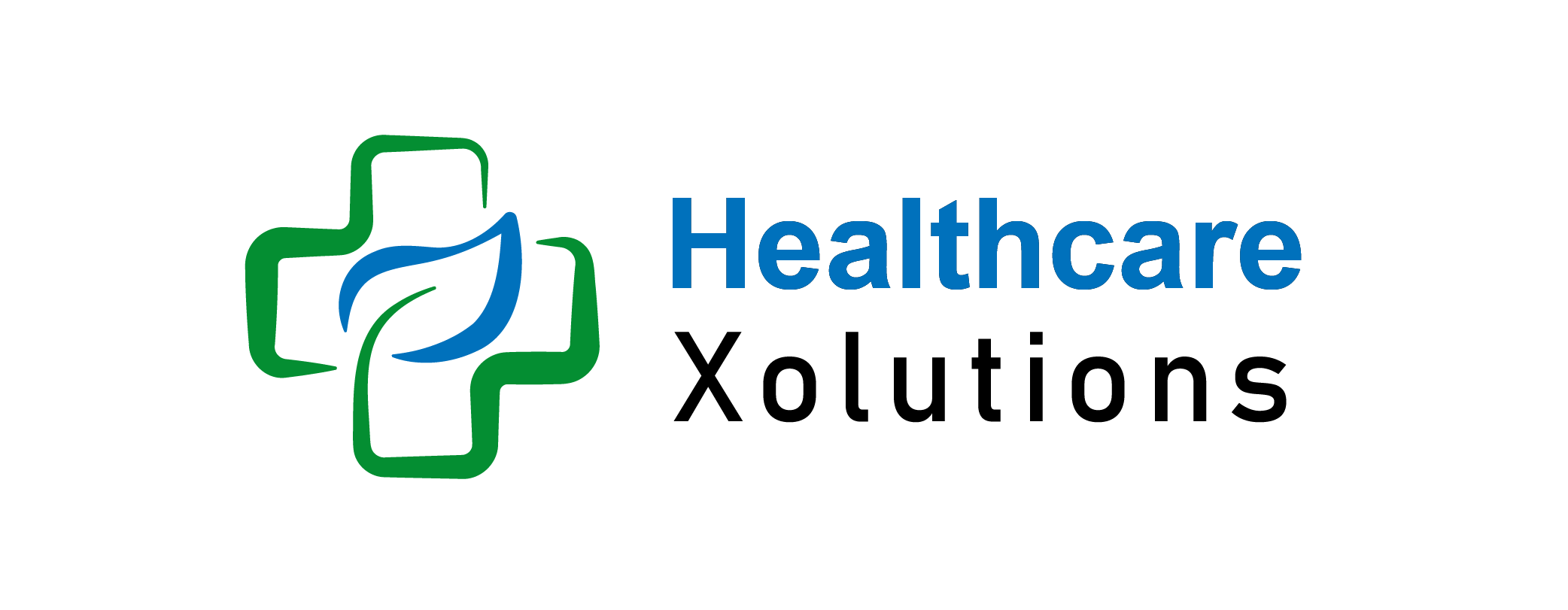How The Affordable Care Act (ACA) Impacts On Small Businesses & Owners

The Affordable Care Act (ACA), enacted in 2010, has significantly influenced small businesses in the United States, presenting both challenges and opportunities. Notably, small businesses with fewer than 50 full-time employees are exempt from the employer mandate, which requires offering health insurance coverage. However, many choose to provide health benefits to attract and retain talent. The ACA introduced the Small Business Health Options Program (SHOP), enabling small employers to compare and purchase health plans tailored to their needs. Additionally, the Small Business Health Care Tax Credit offers eligible businesses a credit of up to 50% of premium contributions, making it more feasible to offer employee health insurance.
This article explores the ACA impact on small business, covering coverage requirements, tax credits, cost-management strategies, and compliance tips for 2024.
Read More: How To Enroll in ACA Insurance During Open Enrollment
Key Takeaways:
- ACA Impact On Small Business: Small businesses with fewer than 50 full-time employees are not required to provide health insurance under the ACA, but they can still offer coverage through the SHOP Marketplace.
- The Small Business Health Care Tax Credit is a valuable benefit, offering businesses with fewer than 25 employees up to 50% back on their premium contributions.
- The ACA’s employer mandate only applies to businesses with 50 or more full-time employees, potentially influencing hiring and workforce decisions for small businesses near that threshold.
- SHOP Marketplace offers flexibility by allowing small businesses to compare plans and offer multiple options to employees.
- Cost management strategies, such as offering high-deductible health plans with HSAs or implementing wellness programs, can help small businesses manage healthcare costs.
- Offering health insurance is a competitive advantage for small businesses, helping attract and retain talent, improving employee satisfaction, and boosting productivity.
Table of Contents
ACA Impact On Small Businesses: Costs, Compliance, and Workforce Effects
1. Employer Mandate and Coverage Requirements:
A common misconception is that all businesses, regardless of size, are required by the ACA to provide health insurance to their employees. However, the ACA only imposes the employer mandate on businesses with 50 or more full-time employees. This mandate, known as the Employer Shared Responsibility Provision, requires large businesses to offer affordable health insurance to their full-time employees (those working 30 hours or more per week) or face a penalty.
For small businesses with fewer than 50 full-time employees, there is no federal requirement to provide health insurance coverage. However, many small business owners still choose to offer health insurance as part of their employee benefits package to attract and retain talent.
2. Small Business Health Options Program (SHOP):
To make it easier for small businesses to offer health insurance, the ACA established the Small Business Health Options Program (SHOP). This program allows small businesses with fewer than 50 full-time employees to purchase health insurance for their employees through an online marketplace. The SHOP Marketplace provides small businesses with a variety of coverage options, enabling them to select the best plan for their employees.
The SHOP Marketplace also allows businesses to offer multiple plan options to their employees, giving workers the flexibility to choose a plan that suits their individual healthcare needs. Employers can also decide how much they want to contribute toward their employees’ premiums.
3. Tax Credits for Small Businesses:
One of the most significant benefits of the Affordable Care Act for small businesses is the Small Business Health Care Tax Credit. This tax credit is designed to help offset the cost of providing health insurance to employees, making it more affordable for small businesses to offer coverage.
To qualify for the Small Business Health Care Tax Credit, a business must meet the following criteria:
- Have fewer than 25 full-time equivalent (FTE) employees.
- Pay an average wage of less than $56,000 per year (as of 2023).
- Contribute at least 50% of the premium cost for their employees’ health insurance.
- Purchase coverage through the SHOP Marketplace.
If eligible, small businesses can receive a tax credit of up to 50% of the premium contributions they make to their employees. This credit is especially beneficial for smaller businesses that want to offer health insurance but may struggle with the associated costs.
4. Impact on Hiring and Workforce Decisions:
For small businesses close to the 50-employee threshold, the ACA’s employer mandate can influence hiring and workforce decisions. Some businesses may be hesitant to grow beyond 50 full-time employees due to the requirement to offer health insurance or face penalties. Others may choose to keep employees at part-time status (fewer than 30 hours per week) to avoid the mandate.
However, for many small businesses, offering health insurance is viewed as a competitive advantage in attracting and retaining employees, regardless of the employer mandate. Access to healthcare benefits can improve employee satisfaction, reduce turnover, and create a healthier, more productive workforce.
5. Compliance and Reporting Requirements:
Although small businesses with fewer than 50 full-time employees are not subject to the employer mandate, they may still have reporting requirements if they choose to offer health insurance. Employers providing coverage must comply with certain ACA reporting requirements, such as filing IRS forms to document the coverage offered to employees.
Additionally, businesses that offer health insurance to their employees must ensure that the plans comply with ACA regulations, including covering essential health benefits and adhering to guidelines on premiums and out-of-pocket costs.
6. Cost Management Strategies For Small Businesses:
Managing the cost of health insurance can be a significant challenge for small businesses, especially those with limited budgets. However, there are strategies that small businesses can employ to manage these costs while still providing valuable health benefits to their employees:
- Use the SHOP Marketplace: By shopping for plans through the SHOP Marketplace, small businesses can compare coverage options and choose a plan that fits their budget. The ability to offer multiple plan options can also allow employees to select plans that best suit their individual needs.
- Offer Health Savings Accounts (HSAs): High-deductible health plans (HDHPs) paired with Health Savings Accounts (HSAs) are an effective way to reduce premium costs while still providing comprehensive coverage. HSAs allow employees to save pre-tax money for medical expenses, giving them more control over their healthcare spending.
- Consider Wellness Programs: Many small businesses offer wellness programs to encourage healthier lifestyles and reduce healthcare costs. Wellness programs can lead to lower insurance premiums by promoting preventative care and healthier habits among employees.
- Utilize the Tax Credit: If eligible, the Small Business Health Care Tax Credit can significantly offset the cost of providing health insurance, making it more affordable for small businesses to offer coverage.
Conclusion – ACA Impact On Small Business:
The ACA presents a mix of challenges and opportunities for small businesses. While businesses with fewer than 50 employees are not mandated to provide health insurance, many choose to offer it to remain competitive and retain top talent. Programs like the SHOP Marketplace and the Small Business Health Care Tax Credit have made it easier and more affordable to provide employee health coverage.
Understanding the provisions of the ACA, including tax credits, compliance requirements, and cost management strategies, enables small businesses to navigate the complexities of healthcare effectively. Offering health insurance can boost employee satisfaction, productivity, and retention, turning healthcare benefits into a competitive advantage.
